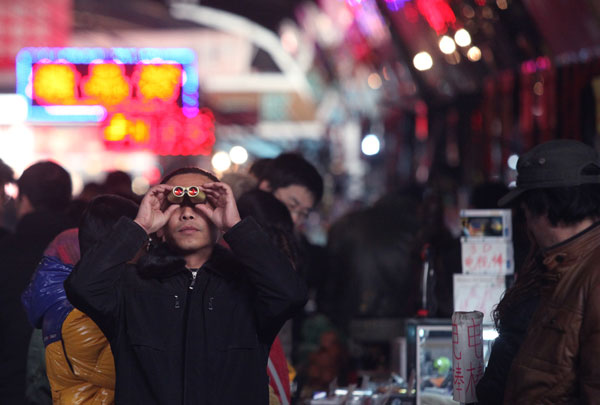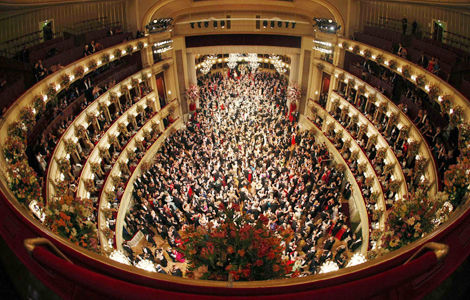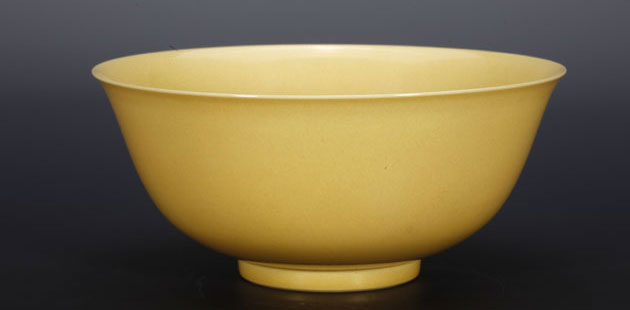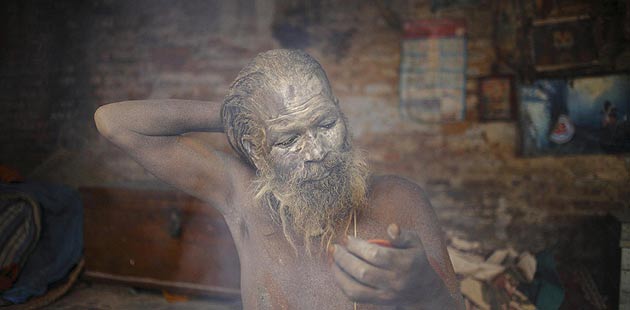Buying luxury items is a brand-new success story
Updated: 2012-02-20 10:22
By Tang Yue (China Daily)
|
|||||||||
Stylish entrance
The first Western-style fashion show in China is widely credited to Pierre Cardin, the French designer. He arrived in 1979 with 12 models eight French and four Japanese and set up a catwalk in the capital's Cultural Palace of Nationalities.
Two years later, another show was staged at the Beijing Hotel, this time open to the general public, not just fashion professionals.
"These shows broadened Chinese people's knowledge about clothing," said Zhou Ting, executive director of the University of International Business and Economics' luxury goods and services research center. "In an age when it was all blue, black and gray, for the first time people realized that their apparel could be colorful and beautifully designed."
Cardin went on to open his first Beijing boutique in 1989, with Louis Vuitton following suit three years later.
"No one was certain about the potential of the Chinese market at that time," Zhou said. "Big brands like Louis Vuitton simply believed that they needed to open stores in such a large country. Their prices were still too expensive for most Chinese customers. So it was more about the brand's reach than the profit."
Therein lied the attraction of the Exotic Cargo Market, which had been growing since the late 1980s, when a handful of sailors began selling secondhand suits on the street.
Although referred to in Chinese as "foreign garbage", the smuggled garments were superior to China-made products in textile and design. They were also much cheaper than clothes available in the foreign-owned boutiques.
"The prices were about the same as those in department stores, but the styles were very different," said Zhang, 57. "A lot of people traveled from Beijing or even further to shop at the market."
Hot Topics
Wu Ying, iPad, Jeremy Lin, Valentine's Day, Real Name, Whitney Houston, Syria,Iranian issue, Sanyan tourism, Giving birth in Hong Kong, Cadmium spill, housing policy
Editor's Picks
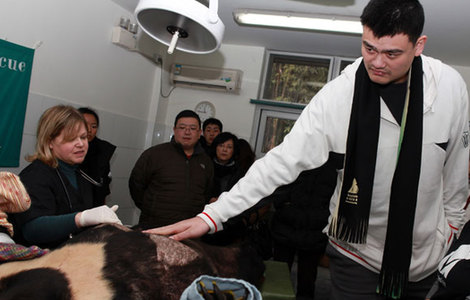
|
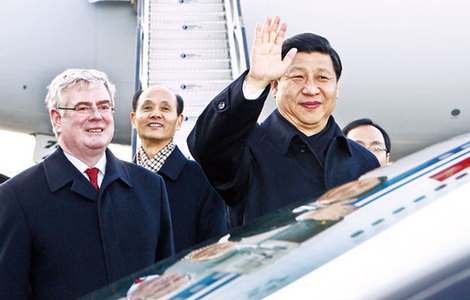
|
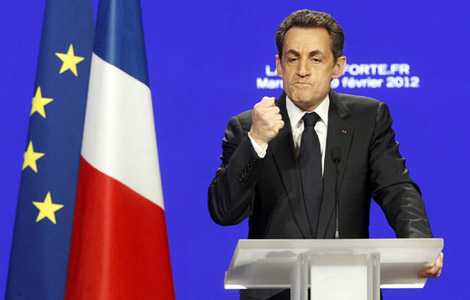
|

|

|

|
